
Space Day: LED Light Therapy & Blue Blockers Started With Space Exploration
Article at a Glance: National Space Day was first created in the 1990s to commemorate all of the achievements associated with space research and exploration,
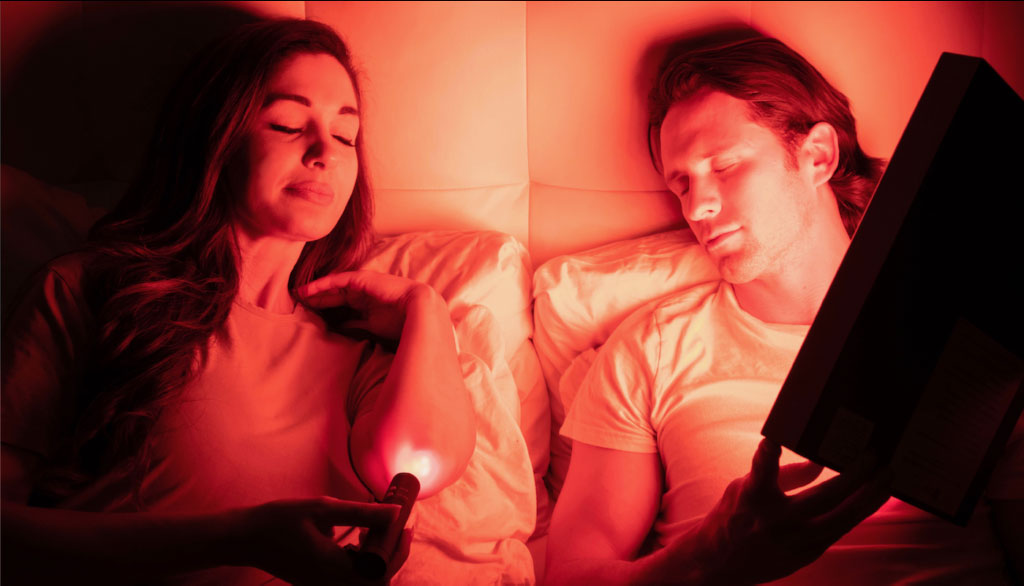
Red light is bioactive and can have profound effects on your body by increasing mitochondrial function – the ability to produce cellular energy. The more cellular energy production, the better the body functions as a whole. Red light is especially powerful because it can penetrate 8-10 millimeters into the skin, reaching below the dermis layer and into the subcutaneous fatty layer, which stimulates collagen and elastin production, and accelerates healing. Note that this type of treatment is extremely safe, non-invasive, and drug-free.
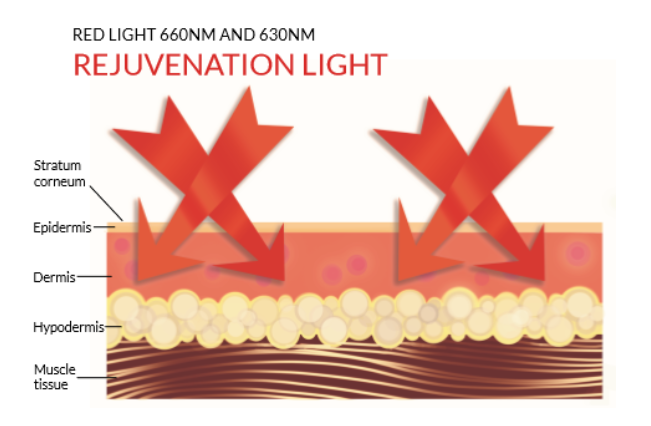
NASA initially developed red light therapy for plant growth experiments. Over the years, NASA researchers were able to take this space technology and adapt it for medical applications, such as healing tumors, skin ulcers, serious burns, and oral mucositis. Astronauts also found a lot of success using red light therapy to reduce pain, accelerate wound healing, and prevent muscle or bone atrophy. (1) There are now over 3,000 peer-reviewed studies that illustrate red light therapy’s seemingly magical ability to heal the skin and body. (2)

Resounding research over the past 40+ years has shown that wavelengths between 625nm and 900nm are the most effective for healing wounds and other skin conditions. At the lower end of this spectrum, 630 and 660nm have the greatest efficacy because your mitochondria can absorb these red wavelengths easily. This is also where the absorption of cytochrome c oxidase peaks, which is one of the key mechanisms of red light therapy.
660nm is believed to be the best single wavelength for the stimulation and healing of damaged or abnormal human cell tissue. This is because of its compatibility with cells in the body. Healthy cells emit wavelengths between 600nm and 725nm, on average, whereas unhealthy cells emit a shorter wavelength. 660nm is the midpoint and appears to be closer to the resonant frequency of cell tissue. (4)
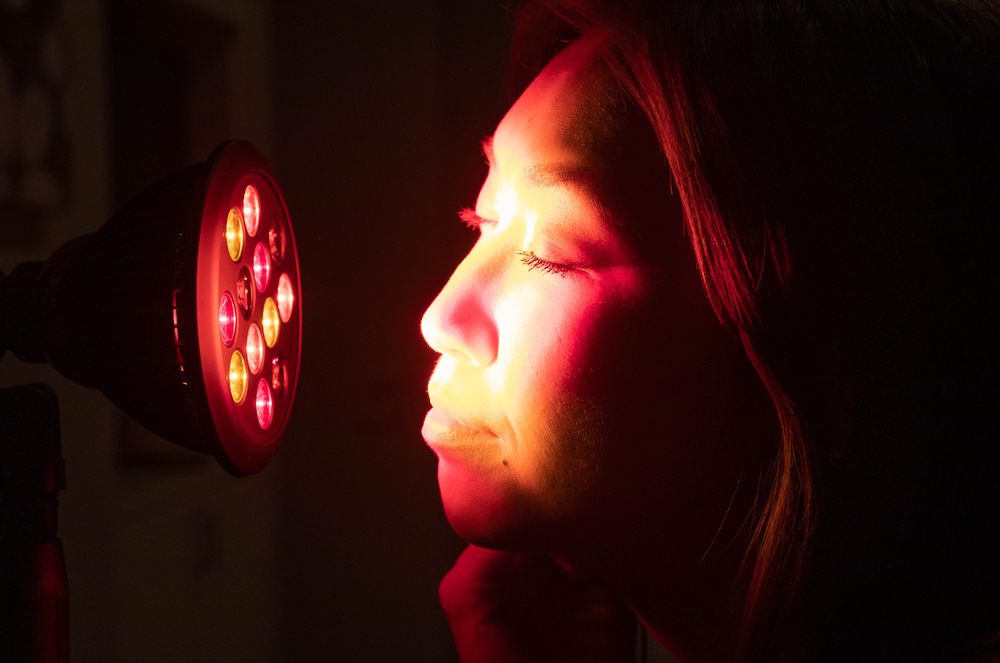
Fortunately, you no longer have to pay for expensive red light therapy sessions at salons or medical offices; this form of treatment is now accessible for at-home use or on the go. Given the wide variety of red light and near-infrared devices that are on the market, the most important factor to consider is the wavelength(s) of light emitted. In order to reach the mitochondria, you want to make sure that you invest in a red light therapy device that emits light in the 630-660nm range.
Want to take your healing even further? Polychromatic light therapy allows you to use multiple wavelengths of light at the same time to heal the body. In addition to 630 and 660nm (red light), devices that also emit 850 (near-infrared) can help you reach deeper into soft tissues, muscles, joints, and bones. 580nm (yellow or amber light therapy) can also be used to specifically target the surface of your skin. (5,6) For full skin-to-bone healing, consider using a TrueLight® LED light therapy device.
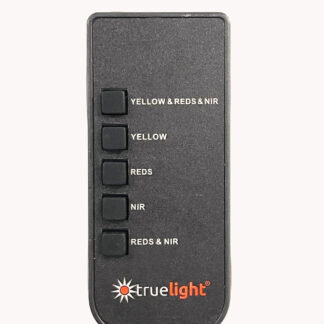

Article at a Glance: National Space Day was first created in the 1990s to commemorate all of the achievements associated with space research and exploration,

Article at a Glance: Skin is the body’s largest organ, and it’s important to protect it as much as it protects you. Maintaining healthy skin
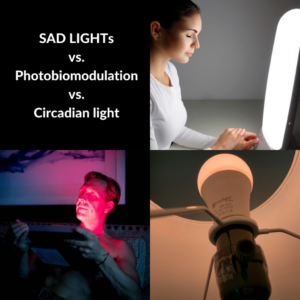
Article at a Glance: Light is an extremely powerful stimulant and tool for the human body. There are several types of light therapy and lighting
© 2024 TrueDark. All rights Reserved | Terms & Conditions | Privacy Policy | Cookie Policy